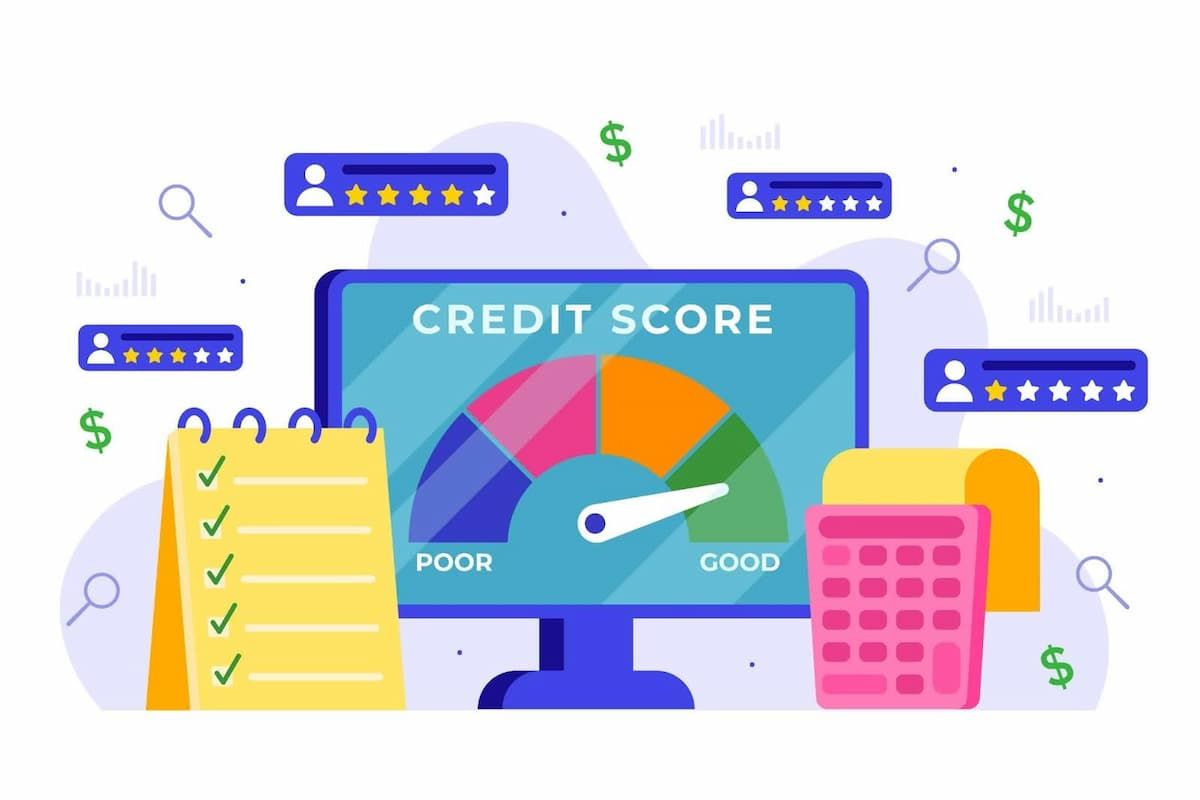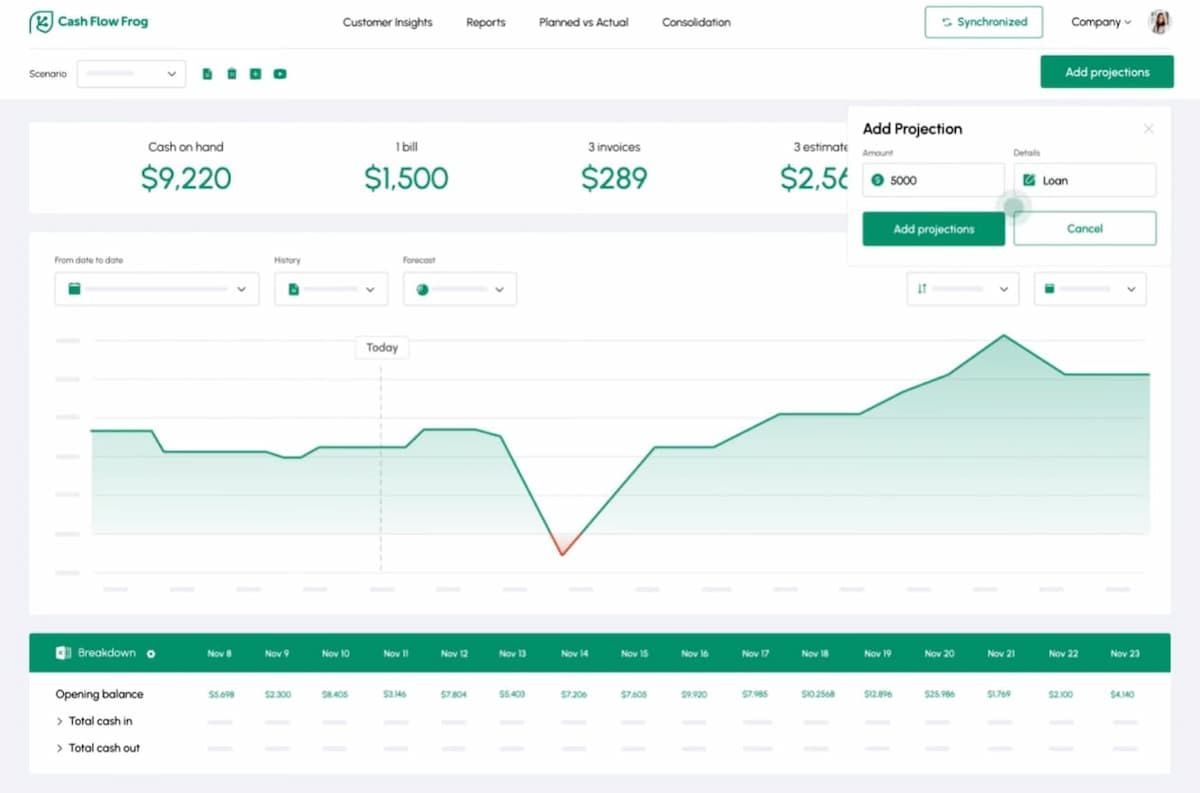Debt Financing
Debt Financing: How It Works, When to Use It, What to Watch

Understanding the debt financing definition can make all the difference when your business is growing and demand is outpacing what you have on hand. When cash is tight, bringing on investors isn’t the only option. Many business owners use this financing method to borrow what they need, fuel growth, and retain control.
This guide lays out what is debt financing, how it works in practice, and real ways to use it to support your business plans.
What Is Debt Financing?
What is debt financing? It’s borrowing money for your business with an agreement to pay it back, usually with interest. That could be a bank loan, credit from a supplier, or capital from private investors.
Every business has a different approach to debt finance. It could be a structured loan for a new facility or a short-term line of credit for payroll. How nicely those borrowed monies fit into your company's daily cash flow and objectives is what counts.
How Debt Financing Works Day-to-Day
How does debt financing work? It starts the moment the loan agreement is signed, but the real effort begins after that. To make sense of it, let’s walk through the main ways companies borrow and how they function in practice.
Loans, Bonds, Credit Lines
Each form of debt serves a different purpose. Term loans are straightforward. You borrow a set amount and repay it in regular chunks. Predictable payments help you plan, but they also demand consistent cash flow.
Bonds are another standard route. Larger companies issue them to raise money from many investors at once, usually over longer terms. Bonds can range from three years to several decades, depending on the need and credit quality.
Credit lines are the most flexible option. You can draw funds as needed and repay them when cash flow improves. Interest applies only to what you use, making this ideal for handling seasonal expenses or uneven cash flows.
The best fit depends on how stable your cash flow is and how comfortable you are carrying debt over time.
Principal, Interest, Covenants
Every borrowing arrangement comes with clear terms:
- Principal: Amount borrowed.
- Interest: Cost of borrowing, based on credit, collateral, and market rates.
- Covenants: Lender conditions to ensure repayment, like maintaining liquidity or limiting debt.
These terms protect lenders and promote financial discipline. Following them enhances credibility with future lenders and can lead to better borrowing terms.
Why Companies Choose Debt Over Equity
Debt financing for businesses appeals to many founders because it offers control. Raising capital through equity means sharing ownership and profits. Debt means you borrow, pay interest, and stay in charge.
Here’s why many business owners prefer borrowing over selling shares:
- Lower Taxes: Interest payments reduce taxable income, which can make debt a cheaper option overall.
- Predictable Cost: Debt gives you precise numbers to plan around. You know the payment schedule and interest rate upfront.
- Ownership Retention: Borrowing lets owners stay in charge. This independence matters when a company wants to move quickly or maintain its vision without external approval.
- Scalability: Properly managed leverage can help expand production, hire staff, or launch new markets without selling shares.
Of course, the appeal depends on the business’s stability and confidence in future cash flow. Companies with predictable revenue often prefer debt because it has a lower long-term cost than equity.
Track Your Planned vs Actual Cash Flow.
Start FreeWhat Is the Difference Between Equity Financing and Debt Financing?
The debt financing definition differs from that of equity financing. With equity financing, you raise capital by selling part of your business. Investors take on risk and expect a share of future profits. With debt, you borrow money, agree to pay it back with interest, and keep control.
Here are the main differences:
| Aspect | Debt Financing | Equity Financing |
|---|---|---|
| Ownership | You keep complete control. | Investors become partial owners. |
| Repayment | Regular, fixed payments. | No repayments, but profit-sharing. |
| Financial Impact | Increases liabilities and affects leverage ratios. | Reduces your personal share of future earnings. |
| Cost Type | Interest expense; often tax-deductible. | Equity dilution and dividend obligations. |
Debt offers predictability and keeps your business in your hands, but comes with regular payments. Equity takes pressure off your cash flow but shares your profits and decisions. The best fit comes down to your goals and how much control you want to keep.
Types of Debt Financing You’ll Actually Use
Debt financing starts with understanding the available options. Here are the types you’ll likely encounter across industries and growth stages.
Term Loans
You get a lump sum to pay back over a set period. It’s often used for major purchases, like equipment, property, or acquisitions. It works best if your business generates steady revenue to support regular payments.
Revolving Lines Of Credit
A revolving line of credit is a reusable source of funding. You access cash when you need it, repay, and borrow again up to a limit. This is useful for managing working capital and seasonal swings.
Asset-Based Lending & AR/AP Finance
This type of funding uses assets like inventory, invoices, or equipment as collateral.
- AR financing lets you borrow against customer invoices.
- AP financing gives you more time to pay suppliers.
It’s common in industries with long payment cycles, such as manufacturing or logistics.
Bonds & Notes
Larger businesses and public entities issue bonds or notes to raise capital from investors. They pay interest over time and repay the principal at maturity. Bonds suit organizations needing substantial capital for expansion or refinancing.
Venture Debt & Convertible Debt Basics
Startups sometimes use venture debt to extend their operating runway without giving up equity. Convertible debt starts as a loan but can be converted into ownership later, subject to agreed terms. It lets founders and investors set up future ownership while keeping things simple at the start.
Use Scenario Forecasting
Try NowCost of Debt: What Really Drives It

Image: Business credit score | Freepik
Understanding debt financing also means knowing what affects its cost. Interest rates matter, but they aren’t the only factor. Other costs often pop up, such as setup fees, legal charges, and expenses tied to lender requirements.
Several factors determine how expensive borrowing becomes:
- Credit risk: Strong payment history and steady cash flow lower rates. Missed payments raise them.
- Loan terms: A shorter loan burns through your cash faster but saves money in the long run. Longer terms stretch costs over time.
- Collateral: Putting assets on the line gives lenders confidence. That trust usually comes with lower rates.
- Market timing: When central banks raise rates, lenders do too. In tight economies, borrowing gets more expensive.
Look beyond the headline rate. The real cost of debt includes all fees, penalties, and repayment terms.
How Debt Affects Your Balance Sheet and Ratios
To see how debt affects your business, check a few key ratios. These numbers reveal how well you can meet commitments and stay flexible.
- Debt-to-equity ratio: Shows how much you’re borrowing compared to your own investment. A higher ratio means more reliance on lenders.
- Interest coverage ratio: Measures how easily you can cover interest with your operating income. If this falls, lenders may worry.
- Current ratio: Measures your ability to pay short-term bills using short-term assets. It’s a quick view of liquidity, or how fast you can meet near-term obligations.
Keeping these figures within healthy ranges builds trust. Lenders feel more confident extending credit. Investors see a company that manages growth responsibly. Tools like cash flow forecasting help project repayment capacity under various scenarios. Thinking ahead like this helps prevent debt from becoming a risk.
Pros and Cons: The Real Trade-offs
The debt financing meaning comes with both benefits and risks. Every loan or bond strengthens your access to capital, but adds pressure to repay on time. The right balance depends on your stability, margins, and growth pace.
Debt can help you grow without giving up ownership. But when cash flow tightens, it can quickly become a burden. The key is to know what you’re trading for what you gain.
| Pros | Cons |
|---|---|
| You keep full ownership and control. | Adds fixed repayment obligations. |
| Repayments are predictable, making scenario planning easier. | Interest and fees raise total costs. |
| It can lower your overall cost of capital when used wisely. | May require collateral or restrictive terms. |
Weigh these carefully against your business’s cash flow and growth plans to avoid borrowing beyond your capacity.
Tooling: Tracking Debt and KPIs Properly

Image: Using cash flow software to track loan | Cash Flow Frog
Managing debt well means keeping clear, current records. Each loan, bond, or credit line requires regular attention. Miss something, and you risk late fees or breaking loan terms. This is why tracking systems are just as important as understanding the debt financing meaning itself.
Cash flow software helps you track by pulling repayment data into a dashboard that shows what’s due and what’s next. You’ll know right away if your cash position supports your next step or if you should wait.
Compare what you expected to earn against what actually came in. Watch how new debt affects your working capital and liquidity. If something starts to tighten, like declining coverage or rising costs, you’ll catch it early.
Reliable tracking helps debt work in your favor. The point is to know where your business stands and what future payments mean for your plans.
Real-World Examples by Stage and Sector
Debt financing examples vary by business type. Here are some real-world scenarios by business stage:
Early-Stage
A SaaS company needs restructuring as users grow. Instead of giving up more ownership, the founders take a short-term loan for hardware and software. Regular payments are manageable, since subscription revenue is steady. The team can grow and retain full control.
Growth Phase
A mid-sized retailer faces higher inventory costs before the holidays. Instead of scrambling, management uses a revolving line of credit to cover the gap. Once sales come through, the debt is paid down, and interest costs stay low.
Mature Business
An established manufacturer wants to open a new facility. With solid financials and strong credit, it issues corporate bonds to raise capital. Investors are confident, so the business secures a reasonable interest rate. The expansion happens without touching retained earnings or issuing new shares.
Each scenario shows that responsible debt use supports growth. Misuse can lead to trouble, but careful management gives you options.
Use Debt with Discipline, Measure Twice, Borrow Once
Debt can fuel growth, but only when carefully managed. Each sum borrowed represents a responsibility. This means it should generate returns and be repaid on time.
Before taking on debt, ask a few key questions. What’s this money really for? Will it generate income or just cover recurring expenses? Can your cash flow handle payments even if sales dip?
Once the funds arrive, track them closely. Treat each payment like part of your operating routine. Borrow with purpose, stay consistent, and use debt as a tool to keep your business moving in the direction you planned.
Manage Your SaaS Business
Sign Up TodayRelated Terms
FAQ
Looking for more help?
Visit our help center to find answers to your questions about CashFlowFrog.
Trusted by thousands of business owners
Start Free Trial Now